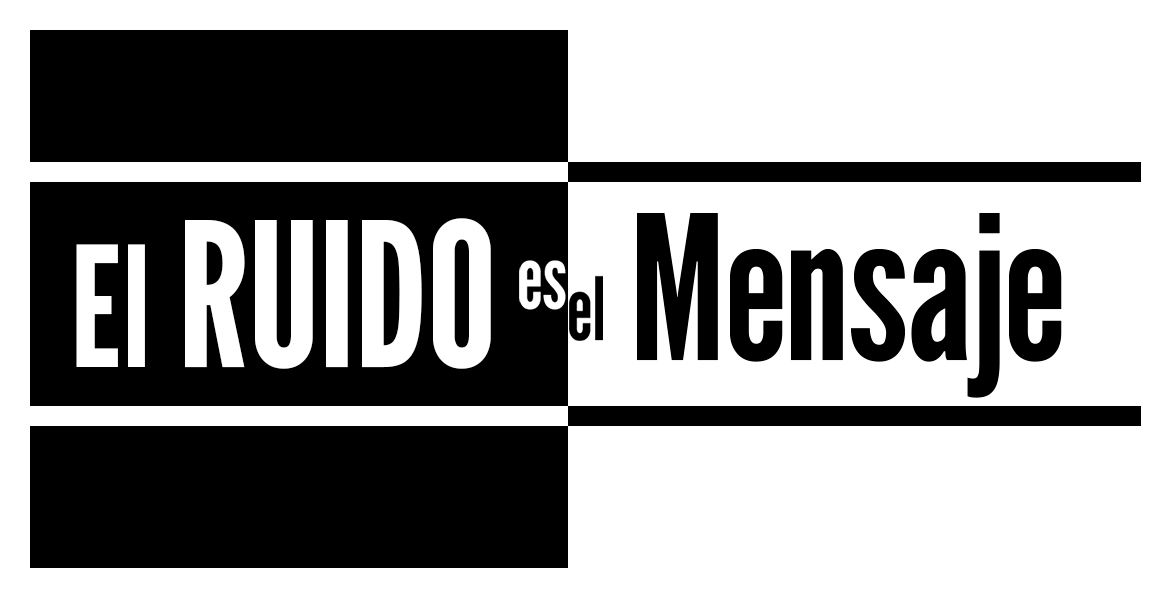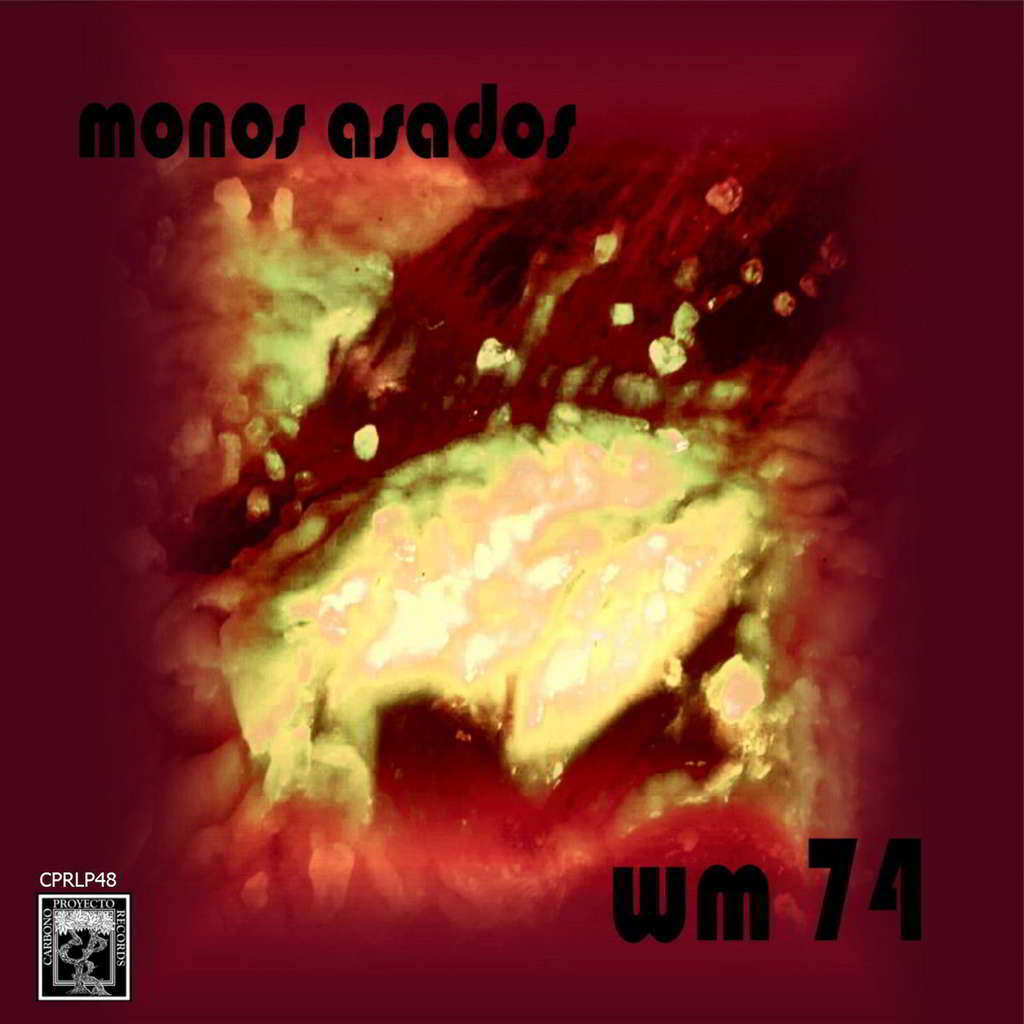| ARTIST: | La Liga de los Otros (League of Others) |
| WEB: | Bandcamp |
| WORK: | Monos Asados (Roasted Monkeys) |
| PLUS: | CDr |
| FORMAT: | Digital |
| LABEL: | Carbonoproyecto |
| RELEASE: | February, 2018 |
| COWNTRY: | Argentina |
To confessions of parts, relieving evidence. This is the right term to describe just such a situation, this term is a legal axiom that means that whoever confesses something frees the other party from having to prove it. Football is not a discipline that I am passionate about, as a hobby, or as a sport, and neither is its folklore.
When they told me about the record of La Liga de los Otros, they omitted the fundamental fact about how it was composed and the reason for their names.
César Martin is an integral part of La Liga de los Otros, with him we talked about how this album was built and a few facts were associated with his story.
I must confess that I really like football, going to the pitch to see the Instituto de Córdoba, as I did in my native Trenque Lauquen cheering on Monumental.
I have great admiration for those players who shine with their Maradonian talent as well as for the others who with a less lucid game go plowing the field when the “different” one loses the ball.
When I was young, I played in the lower divisions of Monumental and in the neighborhood paddocks.
I am always following football issues both in Argentina and in the world.
The name “Monos asados” (roasted monkeys) is related to one of the first memories I have of a World Cup, which was in 1974 played in Germany, where the Argentinean National Team also played, the “Clockwork Orange” of the Netherlands and among the participants was also Zaire (which is the current Republic of Congo).
And a very curious episode happened when the players from Zaire arrived at Frankfurt, Germany’s airport.
The operators began by requisitioning the travel bags and among the balls and shirts, among all the props of the Zaire team, they found twenty roasted monkeys, cooked animals and ready to eat.
It was a delicacy for them, it was part of their culture and they had taken them there knowing that in Europe they would not find a menu of those characteristics, and on the other hand they had the belief that devouring that meat would bring them luck to face each match, as if it were a charm.
This “picturesque” situation suddenly surprised the Germans who had the good sense to authorize the entry of the menu and the delegation from Zaire stayed there, with their roasted monkeys.
First confession, I didn’t live the 74th World Cup. I also didn’t know how many stories there were about that World Cup in Germany. But I remember an anecdote about Kabylia and the Congo and another one that I liked to tell a professor I had when I was studying journalism, about child trafficking in African countries. This teacher, who liked to strut his stuff in history, lives his days repudiated for his involvement in propaganda related to Argentina’s last military dictatorship (1976-1982).
When I rescued that world game, I remembered that episode with the roast monkeys and went looking for the proper names that could faithfully portray what happened that year.
Each track is named after a football player who played a leading role or was involved in some very particular event.
In order to relate and build the record, I was putting together my own clues, here in the city of Córdoba, where I currently reside.
And I started communicating with Mario Ayala, with whom we have known each other since we were very young, we have played together for many years forming the duo “Viaje al Sueño” and at Mario’s suggestion we expanded the game and invited colleagues and musicians who are friends to participate in the project.
We incorporated other concepts and elements where a really good communion took place, they were enriching the material between file submissions and phone conversations, adding elements that were revaluing the content of the disc achieving a good result.
Their interventions were based on playing different instruments, introducing vocalizations and using tapes of loops and different audios.
I think it’s a method worth following, managing it, expanding it. Networks allow that kind of communication and it’s good to take advantage of it.
I trusted them for their character, their good taste and their approach to the soundscape. That affinity, the disposition and the confidence in the other, helped a lot to make this happen.
Second confession, I don’t know any of the players mentioned, except Rene Houseman, who was quite mentioned in my house, which has an effusive football spirit, thanks to my father, who is a well-known DT in the region.
Particularly what inspires me in the works (beyond dealing with infinite listenings of different types of music and sound experiences), what normally triggers my works, of this one as of all the others, is almost always from readings of different writers that may or may not be recognized, which is not the important thing, but what is important is that their words trigger an imaginary.
On this occasion, as it was a childhood memory, I thought of Juan José Saer, a writer from Santa Fe, who defines that one’s homeland is childhood, it is the place of birth, it is one’s environment and language among many other concepts.
Or that other image that this same writer slips, which is to arrive at a party when the party is already developing and one arrives from outside, everyone drinks, laughs and talks. But when we talk to them we interpret the banality of those people and we prefer the outside of that party.
That outside brought me back to my childhood environment, which was completely rural, the harshness of a life of field work at a young age, where we saw other children with only their school obligations, and we a lot of siblings had to resort to the permanent imagination to get those happy moments, and among them was playing football.
Maybe I could have been a payador, but my path led me to other sound experiences and this is how I express it.
It is not an approach with a nostalgic sense because it would take away value, but with an open and not abstract perspective, that from that moment we are shaping our own personality, a way of being from living those experiences.
I settled in that place and that was the bridge to get to the music.
I also believe that it has to do with the very particular situation that each one of us has to live in, what place we occupy in society, knowing and recognizing ourselves from the place of the worker as it is my case, and militarizing life from the place of solidarity, comradeship, lucidity about the world and the people around us and reaching knowledge so as not to be trampled on.
This is how I live and this is how I face each project as Luiggi Mori, which is my artistic name to sound and dream in solitude, as well as in collective projects like the one we are now referring to.
What is the importance of working with other people’s recording material (tapes, tapes, stories, etc)?
It was fantastic to meet musicians, to understand each other and to be in the same line.
To achieve the musical plane sought from the ideas and words.
I had a sketch, a sonic skeleton that was embodied with the contributions of Mario and his guitars, Gabriel with vocalizations and effects, the padded strings of Néstor, the subtle percussion of Pomo and the hand of Fabián to intervene the whole work with its tapes and nuances.
This is fundamental because the songs took unexpected turns, reaching a register that diversifies the sound universe of the work and at the same time enriches it.
What is the importance of working with soundscapes?
“I’m always between two currents of thought: first the material difficulties, going round and round to make a living; secondly, the study of color.
I am always hoping to discover something here, to express the feelings of two lovers with the marriage of two complementary colours, their mixture and their opposition, the mysterious vibrations of the related tones.
To express the thought behind the forehead by the irradiation of a bright tone against a dark background.
To express hope with some star, the anxiety of a soul with the glow of the sunset.”
These are the words of Vincent Van Gogh and are rescued by Stephen Nachmanovitch, and it is very timely to point them out because they describe the interaction of the artist and his environment, and the way in which the idea being pursued is made known.
The sonority takes on the role of words, takes refuge in the ancestral environment of man, prior to the guttural cry and tribal songs, where we are pushed by the whistle of the wind or alerted by the breaking of a branch in the silence of the mountain.
What did he teach you or what did you learn from this work?

